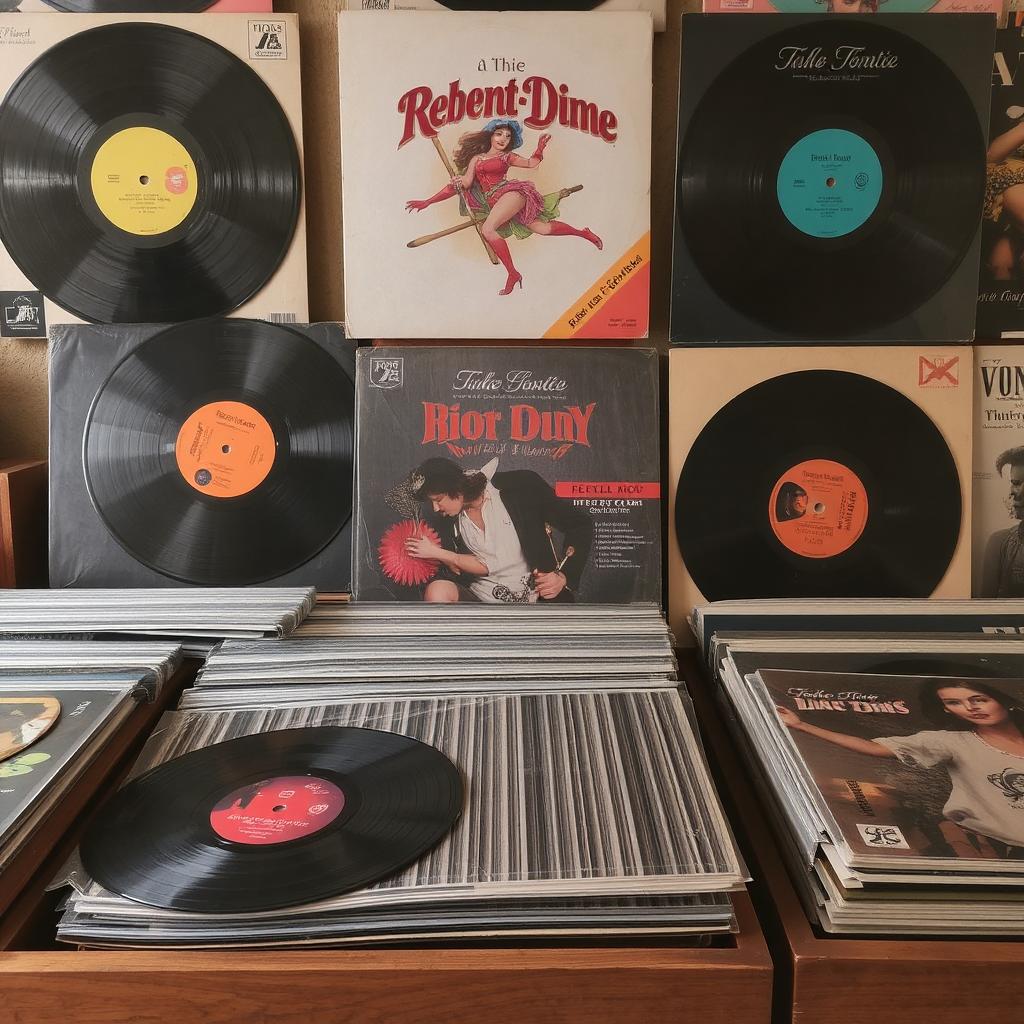For the dedicated music collector, the pursuit of a rare album does not always end with simply acquiring a copy. A deeper, more nuanced quest often awaits: determining whether to seek out the monaural (mono) or stereophonic (stereo) version of a recording. This is not merely a technical distinction but an artistic one, fundamentally shaping the listener’s experience. For albums pressed during the transition era of the late 1950s and throughout the 1960s—a period that includes countless rock, jazz, and pop classics—the difference between a mono and stereo mix can be profound, influencing everything from sonic punch to artistic intent.
The choice between these formats begins with understanding their creation. Mono was the standard for the majority of recorded music history. All sounds were blended into a single channel, intended to be played through one speaker. This forced engineers to focus on balance, clarity, and impact, creating a cohesive and powerful “wall of sound.” When stereo emerged as a consumer technology, it was a revelation, offering the ability to place instruments and vocals across a left-to-right soundscape. However, the process was not always given the careful attention it deserved. Often, record labels rushed to meet the new market demand, and many early stereo mixes were created by technicians who were not the original producers or engineers, sometimes without the artists’ direct involvement.
This historical context is critical when evaluating rare albums from this era. In many celebrated cases, the mono version is considered the definitive artistic statement. Bands like The Beatles and The Rolling Stones were intimately involved in the mono mixing process for their albums, treating it as the primary format. The stereo mixes for seminal albums such as “Sgt. Pepper’s Lonely Hearts Club Band” or “Beggars Banquet” were often completed in haste, sometimes with the artists absent. Consequently, the mono mixes possess a raw, focused energy. The vocals are centered, the rhythm section is punchy and direct, and the overall sound feels intentional and powerful. For the collector, an original mono pressing of these albums is not just a record; it is a priceless artifact of the artists’ original vision.
Conversely, the stereo mix of the same album can offer a completely different, and sometimes revelatory, experience. A well-executed stereo mix can unlock new details, allowing listeners to isolate guitar parts, hear backing vocals in a new space, and appreciate the arrangement in a more expansive way. For genres like jazz or orchestral music, stereo can provide an immersive, concert-like atmosphere that mono cannot replicate. However, the caveat of the era is the prevalence of “hard panning,” where instruments were placed entirely in the left or right channel. This extreme separation can sound jarring and unnatural to modern ears, more like a technical demonstration than a cohesive musical piece.
For the collector, this dichotomy creates a fascinating field of study and pursuit. The value and desirability of a mono versus stereo pressing are rarely about which is objectively “better” and almost always about context. Key factors include the album’s year of release, the genre, and the documented involvement of the artists. An original 1967 mono pressing of The Velvet Underground & Nico, for instance, is a holy grail for its sonic character and historical weight. Conversely, a psychedelic rock album from 1968 might be better experienced in stereo, where the panning effects and sonic exploration are integral to the music’s intent.
Condition and rarity further complicate the equation. Mono pressings of iconic albums from the mid-1960s often had smaller production runs than their stereo counterparts, as the market was rapidly shifting. This can make finding a high-quality mono copy more difficult and expensive. Ultimately, the choice is a deeply personal one that reflects the collector’s priorities. Is it to hear the music exactly as the band and producer first intended in the studio? Then mono is likely the answer. Is it to deconstruct the layers of a complex recording and experience its spatial depth? A quality stereo pressing will satisfy that curiosity.
In the end, comparing mono and stereo is not about declaring a winner. It is about appreciating two distinct artistic expressions of the same core work. For the serious collector, the ultimate achievement is having the opportunity to listen to both, understanding the historical and sonic journey that separates two channels from one. shop now – Bollywood Vinyl Records
